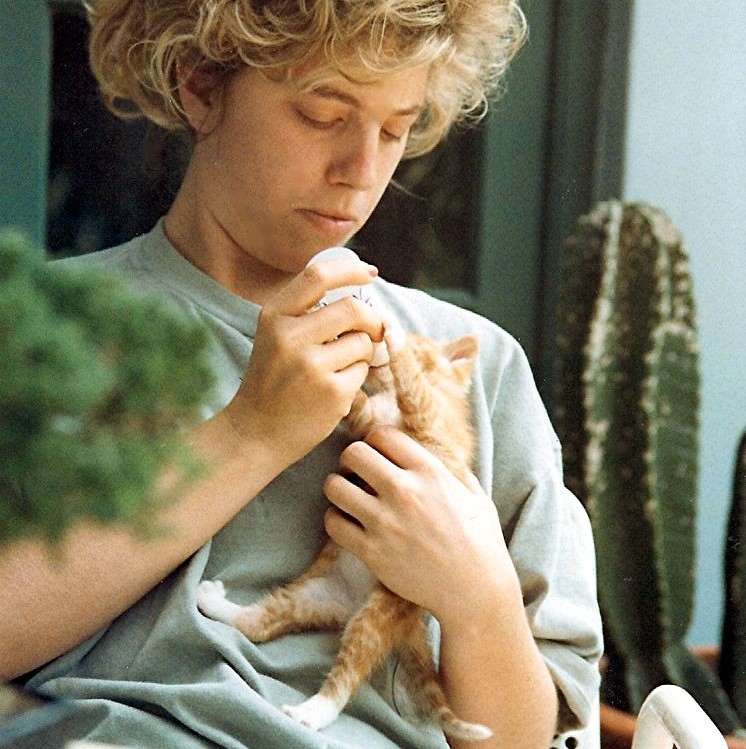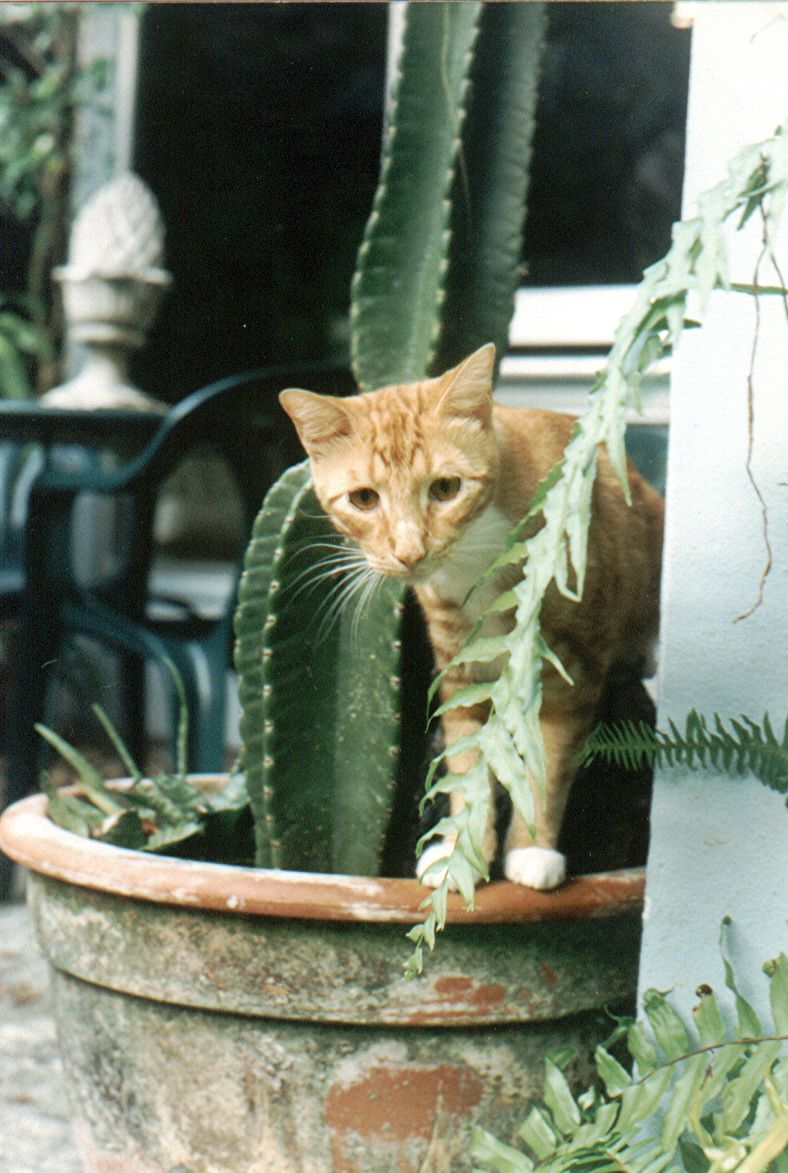Why did this tragedy occur? Let's take a closer look!
Understanding not instructions or negative commands requires two essential steps.
First, our brain automatically and unconsciously disregards the not and experiences what the message looks, sounds, feels, smells and tastes like. This is because we have a Positive Command Brain. Yes, bottom line... in our brains ALL instructions are positive. Think about the power of that information for a minute! Think about the laws, rules and corrections we're given. So understanding that immediately leads us to the second crucial step.
Second, we must quickly think... and say... what you do want instead? We must create a Positive Command that we want to go into action!
So for example, if this mother did not want her son to play with matches, what did she want him to do instead? She could have created a specific action plan… choosing games, TV shows or movies, or invited over a friend… and thoroughly discussed that plan with her sitter, son and his friend. Plus... remembering to put the matches out of reach, of course! But when we speak to kids or there's imminent danger, we frequently fail to take that life-changing, life-saving second step!
Years ago I was a consultant to a government agency that was struggling to create a now-familiar sign. They considered two possibilities: In case of fire do not take the elevator, leaving people frightened and undirected. Or taking the switching step and providing a specific life-saving action plan? In case of fire, use the stairs… and post clear directions to all nearby stairwells. After numerous tests, it was clear which choice worked to calmly and safely move people out of the building and away from danger. Which one do you think worked better?
When you give negative instructions, what is the real message you are sending to your brain, and others' brains? Take the not out of the instruction and you’ll immediately know. Whether we realize it or not, don't play with matches = play with matches... to the brain. Don't use the elevator = use the elevator... to the brain. Unfortunately not statements create stress and uncertainty at the very times when ease and certainty are needed.
Fortunately, not instructions also signal opportunity… the opportunity to deliver a more thoroughly considered plan. The opportunity to make a healthier, more loving choice.
Starting today, let’s resolve to think, and communicate, what we do want. And whenever we catch ourselves saying or hearing not, let’s commit to take that life-saving, love-saving extra step by asking ourselves, What do I want instead? Or, by asking others, what do you want instead? And taking a few seconds to answer those questions clearly... before it automatically goes into action.
Don't play with matches. Play these games or watch these shows or movies with your friend.
In case of fire, don't use the elevator. Use the stairs and here's a map for exactly how to get there.
(c) Susan Ford Collins. For permission to use this article, email susanfordcollins@msn.com
* For more on The Positive Command Brain, read Skill 3: The Science of Dreaming in The Joy of Success. And Skill 3: Hologramming in Our Children Are Watching. And Skill 9, Switching in both books.
THE TECHNOLOGY of SUCCESS Book Series… compact, concise and powerful… the perfect toolbox for today’s “always-on” global world.
$14.95 paperback$3.99 eBook
Your Working Life: Caroline Dowd-Higgins interviews Susan Ford Collins






